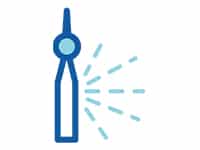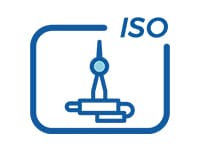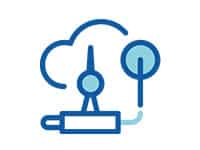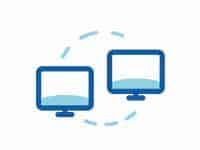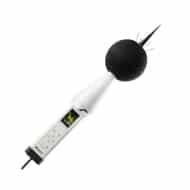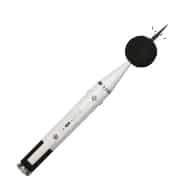Environmental noise control
Environmental noise control is the process of reducing levels of noise in a given environment. Noise control uses data analysis from noise monitoring to create a successful noise mitigation strategy.
What are the noise control methods?
The methods of noise control include traffic limitations, soundproofing, sound absorption, and active noise cancellation. Soundproofing involves using materials that block or reflect sound waves, while sound absorption uses porous materials to absorb sound energy. Active noise cancellation uses electronic devices to cancel out unwanted noise.
What are some examples of noise control?
An example of noise control in the environment is planting trees to block or deflect the noise. A more complex example is the installation of sound-dampening panels in a factory.
What is environmental noise measurement?
Environmental noise measurement is the short-term or long-term assessment of noise in a given environment. Noise measurements are typically taken at specific locations within an environment, for example, close to a busy road. The results of environmental noise measurements can be used to develop noise control strategies.
What is noise monitoring?
Environmental noise monitoring is the long-term measurement of noise to assess noise pollution in a given area with the use of noise monitoring systems. The objective of environmental noise monitoring is to identify sources of noise pollution and assess their impact on the surrounding community. Examples of noise monitoring are the assessment of the impact of new construction projects or the monitoring of compliance with noise ordinances.
What are the methods used to measure noise?
The International Organization for Standardization (ISO) guides how to properly assess and manage noise in the environment. The ISO 1996 standards series describes noise monitoring in community environments, taking into consideration short-time measurements as well as continuous noise monitoring. The methods and procedures are intended to apply to noise from various sources, such as traffic noise, transportation noise, aircraft noise, or industrial noise sources.
What are the ISO 1996 -2 methods?
The ISO 1996-2 uses sound exposure levels (LAE), the maximum sound pressure level (LAmax), and peak sound pressure level (LCpeak) for noise measurements from single events such as the pass-by of a truck (road traffic noise) or fly-by of an aircraft or train (rail traffic). For continuous sound measurements such as transformers or cooling towers, the equivalent sound pressure level over a time interval is used (LAeq). In addition, the ISO 1996-2 provides information on tonality measurements in the environment.
What equipment is used for noise monitoring?
Following ISO 1996-2 noise monitoring terminals meeting IEC 61672-1 sound level meter performance are used for noise monitoring applications. Requirements associated with this measurement application include long-term stability, environmental robustness, powering, communication, GPS, frequency analysis, and monitoring of weather conditions (wind, rain, temperature, humidity).
How is the noise measured?
Following ISO 1996-2: 2017 the microphone is mounted at a height of 4 meters during outdoor measurements with a distance of 2 m from reflecting surfaces. In case the microphone is located closer than 2 m from a reflecting surface the appropriate correction to get free field results are applied (e.g. for 0.5-2 m the correction is 3 dB). The station should measure and store sound pressure levels with 1s or less time-averaged intervals together with meteorological data. The measurement data should have an accurate time stamp. In the case of noise monitoring, the system must detect noise events using various triggers.
What is an NMT?
The term “Noise Monitoring Terminal” (NMT) refers to instrumentation used for automated continuous noise monitoring which monitors the A-weighted sound pressure levels, their spectra, and all relevant meteorological quantities such as wind speed, wind direction, rain, humidity, atmospheric stability (ref. ISO 1996-2:2017).
What software can be used for noise analysis?
As a part of the monitoring system, data post-processing software such as SvanPC++ software helps to analyze the measurement results for example to extract and verify noise events such as vehicle pass-byes (car, train, aircraft) with the use of audio recording and automatic event markers.
How often should noise monitors be calibrated?
The ISO recommends that the environmental noise monitoring station is tested and calibrated by the ISO/IEC 17025 laboratory once a year.
